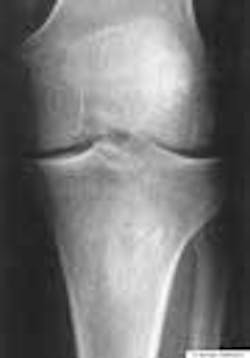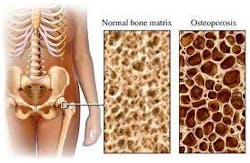More news you can use
The new Position of the Academy of Nutrition and Dietetics on oral health and nutrition. It is the position of the Academy of Nutrition and Dietetics that nutrition is an integral component of oral health. The Academy supports the integration of oral health with nutrition services, education, and research. Collaboration between dietetics practitioners and oral health care professionals is recommended for oral health promotion and disease prevention and intervention.(5) Visit the link for the entire report!!
Consensus reports about possible link between periodontitis and other systemic diseases
Last, but not least, is the new report on the oral-systemic link. The American Academy of Periodontology (AAP), in collaboration with the European Federation of Periodontology (EFP), recently published a series of consensus reports that analyze the scientific evidence linking periodontal disease, specifically periodontitis, to other systemic diseases, including diabetes, cardiovascular disease and adverse pregnancy outcomes. The full reports can be found online.(6) They will appear in the Journal of Periodontology and the Journal of Clinical Periodontology.
References
1. Schenker ML, Scolaro JA, Yannascoli SM, Baldwin KD, Mehta S. and AhnJ. Blowing Smoke: A Meta-Analysis of Smoking on Fracture Healing and Postoperative Infection. American Academy of Orthopaedic Surgeons annual meeting, March 2013. http://www.aaos.org/news/aaosnow/apr13/clinical1.asp.
2. Crandall CJ, Tseng C-H, Karlamangla AS, Finkelstein JS, Randolph JF, Thurston RC, Huang M-H, Zheng H, and Greendale GA. Serum Sex Steroid Levels and Longitudinal Changes in Bone Density in Relation to the Final Menstrual Period JCEM 2013 98: E654-E663; doi:10.1210/jc.2012-3651.
3. Facts About Menopausal Hormone Therapy. NIH Publication No. 05-5200, Originally Printed October 2002, Revised June 2005. http://www.nhlbi.nih.gov/health/women/pht_facts.pdf.
4. Lewiecki EM, Cummings SR and Cosman F. Treat-to-target for Osteoporosis: Is Now the Time? JCEM 2013 98: 946-953; doi:10.1210/jc.2012-3680.
5. Position of the Academy of Nutrition and Dietetics: Oral Health and Nutrition. J Acad Nutr Diet. 2013;113:693-701. http://download.journals.elsevierhealth.com/pdfs/journals/2212-2672/PIIS2212267213002360.pdf.
6. Special issue: Periodontitis and Systemic Diseases - Proceedings of a workshop jointly held by the European Federation of Periodontology and American Academy of Periodontology. Co-edited by Maurizio Tonetti and Kenneth S. Kornman. The workshop was funded by an unrestricted educational grant from Colgate-Palmolive to the European Federation of Periodontology and the American Academy of Periodontology. All manuscripts were fully peer reviewed. http://www.joponline.org/toc/jop/84/4-s.





